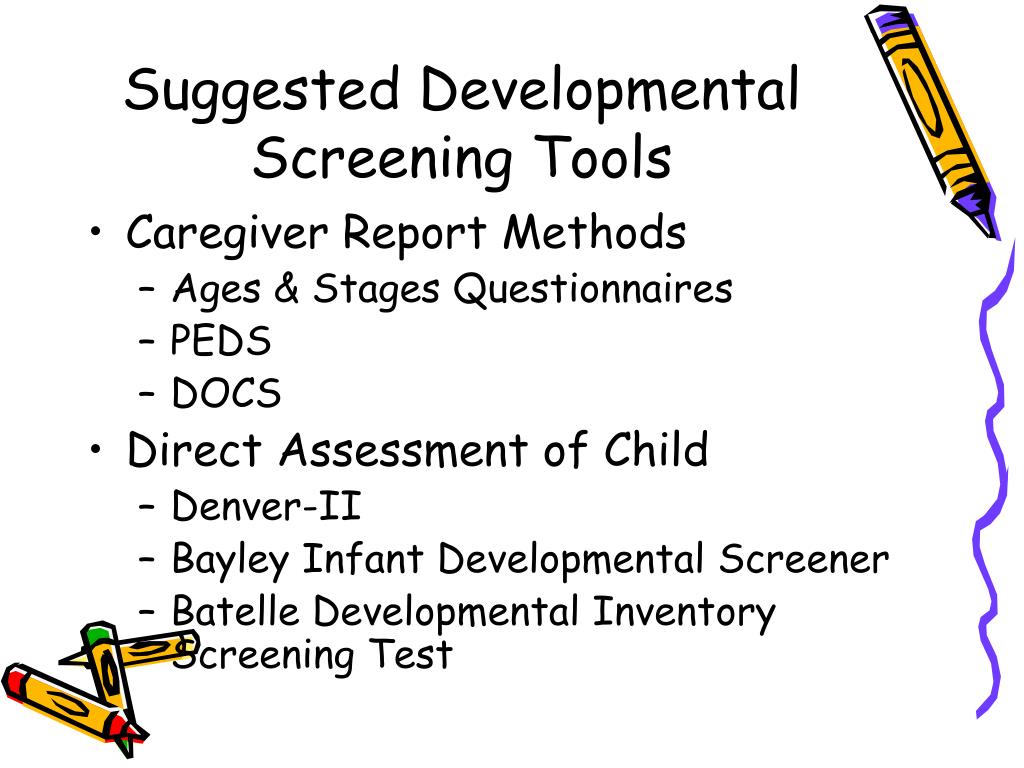


Conclusions:Īlthough most of the children (68.6%) presented normal development in the test, we point out that in the remaining children (31.4%), the number of items classified as “delay” or “attention”, and tests classified as “risk” or “untestable” suggest impairment in neuropsychomotor development. As to the items evaluated in each area, 7 children (20%) showed a developmental “delay” (when the child does not perform the activity passed by more than 90% of the children of his/her age) and 18 (51%) required “attention” (when the child does not perform the activity passed by 75 to 90% of the children of his/her age), predominantly in the language area. Most of the children (24, 68.6%) had test results compatible with normal development, while 10 (28.6%) had a “risk” test and 1 (2.9%) was “untestable” due to refusal to carry out the proposed activities. They underwent the Denver II Test, which assesses four neuropsychomotor development areas: gross motor, fine motor adaptive, language and personal-social. The sample consisted of 35 children, from birth to 6 years of age, most of them from 1 to 3 years old (19 54.3%). This was an exploratory descriptive research using a quantitative approach, conducted in the outpatient clinic of the Project Einstein in the Community of Paraisopolis (PECP), São Paulo, Brazil. American Journal of Neuroradiology.To evaluate the neuropsychomotor development of children treated in an outpatient clinic, using the Denver Developmental Screening Test II (DDST-R). Value of emergent neurovascular imaging for “Seat belt injury”: A multi-institutional study. ↑ Sherbaf FG, Chen B, Pomeranz T, et al.A prospective study for the detection of vascular injury in adult and pediatric patients with cervicothoracic seat belt signs. ↑ Rozycki GS, Tremblay L, Feliciano DV, et al.Clinical importance of the “seat belt sign” in blunt trauma to the neck. ↑ DiPerna CA, Rowe VL, Terramani TT, et al.Blunt carotid artery dissection: incidence, associated injuries, screening, and treatment.

↑ Davis JW, Holbrook TL, Hoyt DB, Mackersie RC, Field TO Jr, Shackford SR.Optimizing screening for blunt cerebrovascular injuries.



 0 kommentar(er)
0 kommentar(er)
